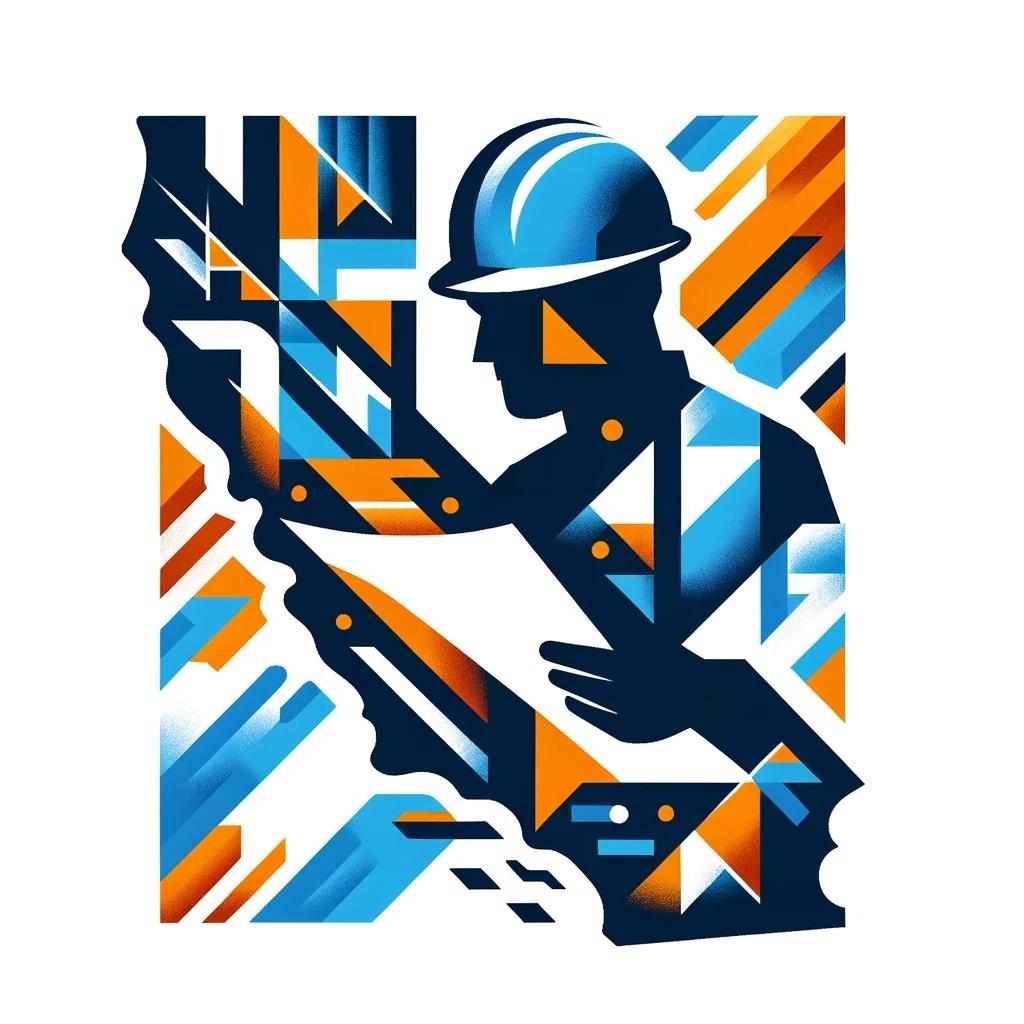With over 19 million workers employed across California, effective statewide occupational health and safety protections are imperative. The California Occupational Safety and Health Act of 1973 established Cal/OSHA for this vital purpose. Governed by the California Department of Industrial Relations, Cal/OSHA is tasked with helping safeguard employees, workplaces and the general public from on-the-job hazards.
Powered by a workforce of committed occupational safety and health professionals, Cal/OSHA administers and enforces workplace safety laws while providing consultative services and education. However, the agency cannot fully achieve its safety mission alone. Active participation from business leaders, laborers and concerned citizens is also integral for facilitating safer work environments.
Mandating Injury & Illness Prevention Plans
Under the Cal/OSHA framework, qualifying organizations must create and implement customized illness and injury prevention programs. These plans compel employers to systematically identify, assess and control risks that may injure personnel or undermine health. Such prevention programs also establish procedures for effectively investigating accidents alongside implementing corrective actions that help mitigate hazards.
For example, Nighttime Agricultural Worker Safety Regulations were added by Cal/OSHA requiring employers to furnish class 2 or 3 high visibility garments to all farmworkers laboring overnight in fields. Without such standards designed to boost visibility and prevent accidents in darkness, agricultural staffers could more easily be struck by vehicles or equipment.
Inspection and Enforcement Activities
Helping administer existing safety laws and craft improved regulations is the Occupational Safety and Health Standards Board. This independent standards board along with advisors meticulously evaluate potential updates capable of better safeguarding labor populations against emerging or inadequately addressed risk factors.
However, even the best workplace safety codes and compliance plans are useless without enforcement and accountability. As of late 2015, Cal/OSHA employed approximately 195 trained field inspectors to perform this vital control function. 25 of these inspectors additionally received bilingual pay incentives for utilizing second languages at least 10% while on duty. Cal/OSHA also offers paid training opportunities and materials to help personnel learn new languages to their enrichment and communities’ benefit.
During investigations, inspectors assess compliance with safety laws, determine root causes behind accidents, issue citations for violations and levy civil penalties where appropriate. Some willful or repeat violators may even face criminal charges. Inspectors also provide compliance assistance and advice to struggling enterprises. Bilingual inspectors thereby strengthen oversight capacities within non-English speaking populations.
Providing Educational Support Services
Even with thorough safety codes and active enforcement, some share of occupational accidents is inevitable without comprehensive education programs that help drive culture shifts. Through its Consultation Services Branch, Cal/OSHA funds an array of educational initiatives including publications, workshops and access to dedicated consultants free of enforcement risk. Employers can thereby obtain detailed support to mitigate hazards and align operations with complex safety regulations. These services facilitate voluntary compliance, self-auditing and safety ownership.
Additionally, The Research and Education Unit leverages collected data to model projections on injury probabilities alongside evolving socioeconomic impacts. The insights derived help inform practical policy enhancements and educational campaigns. Together these supportive functions make workplaces safer while minimizing unnecessary business disruptions.
In conclusion, Cal/OSHA plays an indispensable role championing occupational health and safety across California via interdependent functions spanning regulatory oversight, standard-setting, enforcement activities, education and research. The agency has an ambitious vision yet cannot realize blanket safeguards alone. Active collaboration from policymakers, businesses, laborers and general citizens is vital for continuing progress toward safeguarding every California worker.
Filing a Complaint with Cal/OSHA
One of the key aspects of Cal/OSHA’s impact is its process for handling complaints. Workers have the right to file a complaint with Cal/OSHA if they believe their workplace is unsafe or unhealthy. This process is essential in ensuring that workers have a voice in maintaining safe working conditions. Cal/OSHA also handles imminent hazard complaints and whistleblower complaints, further demonstrating its commitment to addressing issues that pose a risk to workers.
For more information about filing a complaint with Cal/OSHA visit the following Cal/OSHA page:
https://www.dir.ca.gov/dosh/complaint.htm
Cal/OSHA Consultation Services
Cal/OSHA offers consultation services to provide assistance to employers and workers regarding workplace safety and health issues. These services include on-site assistance, high hazard consultation, partnership programs, telephone support, and educational outreach. By actively engaging with employers and workers, Cal/OSHA aims to prevent occupational injuries and illnesses and promote a culture of safety in workplaces.
Regulations and Standards
The Occupational Safety & Health Standards Board maintains an index to all Cal/OSHA regulations. These regulations cover a wide range of workplace safety and health requirements, providing clear guidelines for employers to follow in order to ensure the well-being of their workers. By establishing and enforcing these standards, Cal/OSHA contributes to the overall improvement of working conditions across various industries.
Cal/OSHA Alliance Program
The Alliance Program offers stakeholders the opportunity to enter into an Alliance agreement with Cal/OSHA to promote workplace safety and health. Through this program, Cal/OSHA collaborates with industry partners to develop and implement initiatives that enhance safety awareness and practices, ultimately contributing to a safer working environment for employees.
Partnership Programs
California has developed several partnership programs that rely on industry, labor, and government to work as partners in encouraging and recognizing workplace safety and health programs. These programs, such as the Voluntary Protection Program (VPP) and SHARP, aim to prevent and control injuries and illnesses to workers through collaborative efforts.
Impact on Workplace Safety
The impact of Cal/OSHA on workplace safety is significant. By setting and enforcing standards, providing outreach and education, issuing permits and licenses, conducting inspections, and collaborating with stakeholders, Cal/OSHA has a far-reaching influence on the safety culture in California workplaces. Its efforts contribute to reducing occupational injuries and illnesses and promoting a safer and healthier work environment for workers.
Conclusion
In conclusion, the impact of Cal/OSHA on workplace safety and health in California cannot be understated. Through its enforcement of regulations, provision of assistance and consultation services, collaboration with stakeholders, and commitment to promoting safety awareness, Cal/OSHA plays a pivotal role in ensuring that workers are protected from occupational hazards. Its efforts not only benefit individual workers but also contribute to the overall well-being of the workforce and the economic prosperity of the state. As Cal/OSHA continues to evolve and adapt to new challenges, its impact will remain integral to the maintenance of safe and healthful working conditions for all Californian workers.










